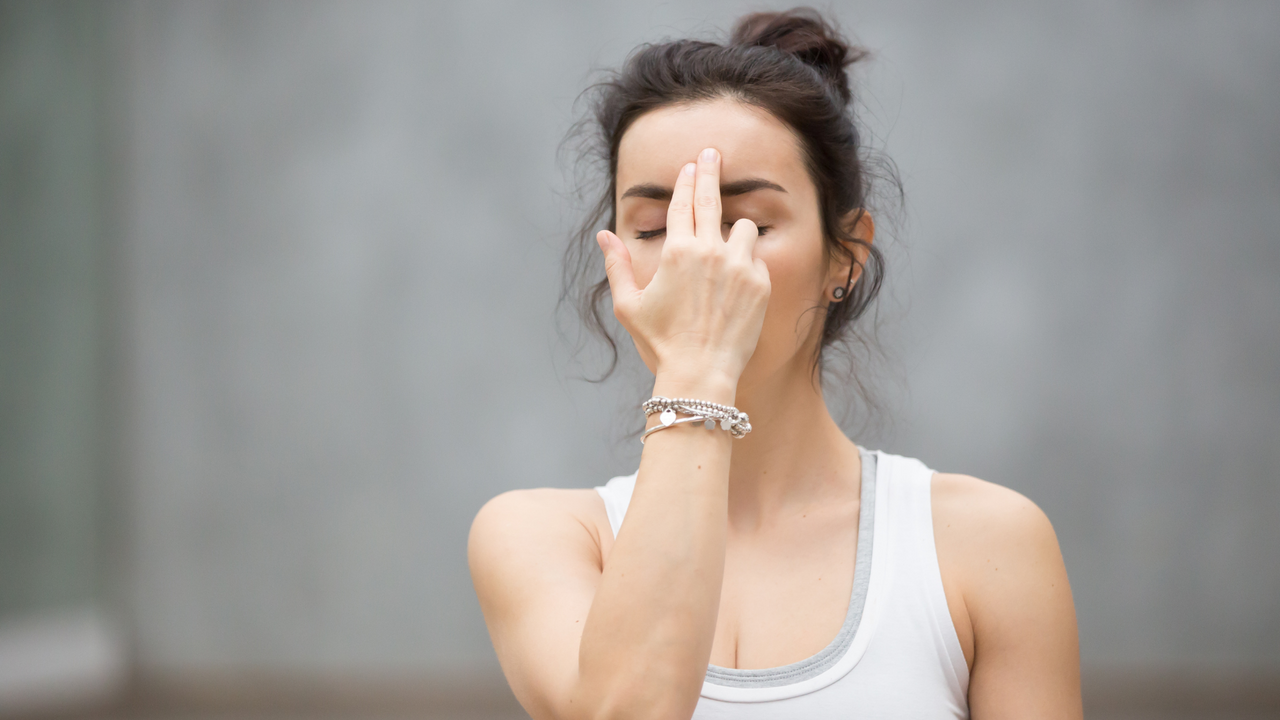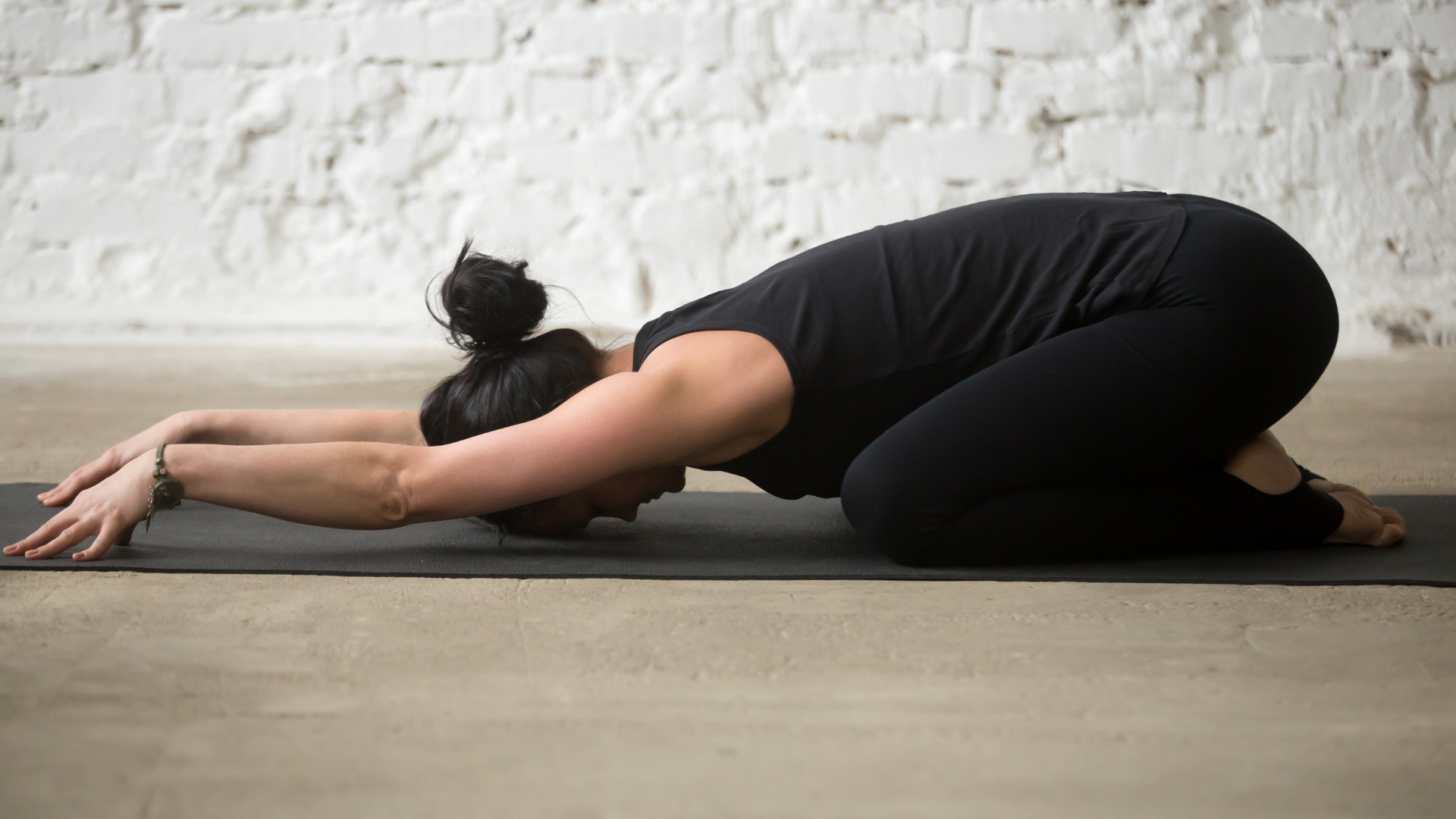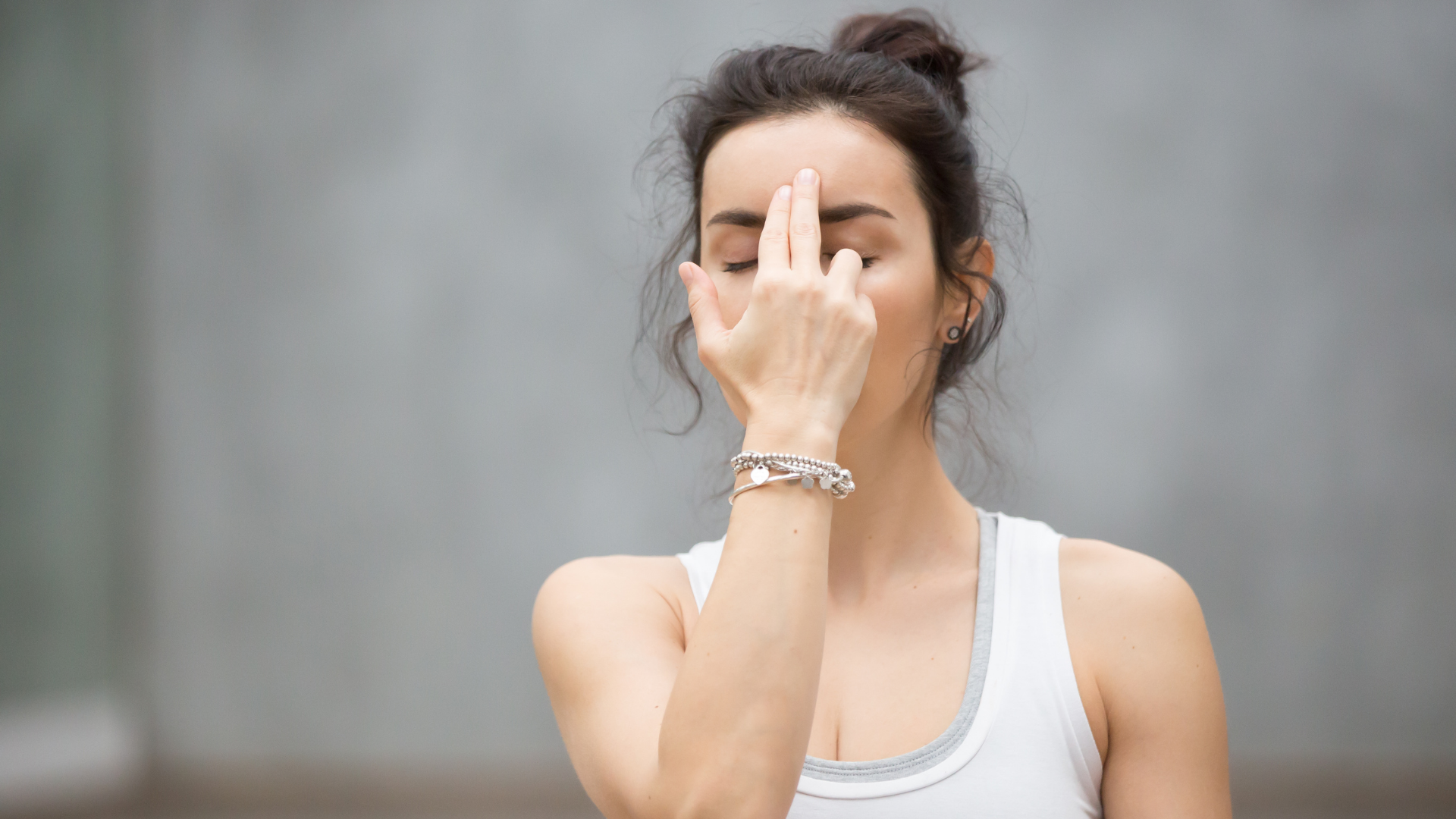Accessible Yoga for Stress and Anxiety
Feb 07, 2022
Article By: Ali Kamas, C-IAYT, E-RYT 500
The last two years have been trying times. Observing social distancing, prolonged travel restrictions, lack of social interaction, and change in lifestyle can lead to stress and anxiety. Stress has a sneaky way of building up in you until it becomes a severe issue.
Yoga has been known to be an excellent antidote for stress and anxiety since it can increase the mind-body connection. Yoga practices for anxiety combine many popular stress-reduction techniques such as body movement, breath control exercises, and clearing the mind.
As a yoga therapist, I frequently see clients who complain of being stressed. They correlate their health concerns to their stress levels and see a direct link to insomnia, poor diet, and general malaise and fatigue. We can leverage the tools found within yoga to reduce stress and help the body find balance.
Here are some of the best yoga for anxiety and stress exercises that are easily accessible that you can be practice anywhere to help bring your stress levels down and re-center your body and mind.
Balasana, or Child's Pose, is a restorative and therapeutic pose that can calm the brain and help relieve stress and fatigue.
1. Begin in a tabletop position on your hands and knees. Separate your knees to the outer edges of the mat
2. Bring your tailbone down and back between your heels and lower your abdomen between your thighs. Your heart and chest should rest on the thighs or above the thighs.
3. Stretch your arms long in front of you, and relax your forehead on the mat. Other arm options are bringing your hands on your lower back or resting your forehead on your fists in front of you.

If you have sensitive knees, pad your mat under your knees with a blanket or a towel. You can also place a blanket or towel directly behind the knees or a pillow(s) across the heels to decrease flexion on the knees.

Alternate nostril breathing, or Nadi Shodhana, is a breathing practice that can be used at any time of day to help relieve stress and bring a sense of calmness to both body and mind.
Sit in a comfortable seated position, close your eyes, and place your left hand on your left knee.
Fold the index and middle finger toward the palm on the right hand. You'll use your thumb to close the right nostril gently and your ring finger to close the left nostril gently.
Exhale completely through both nostrils and use your right thumb to close your right nostril.
Breathe in through the left nostril, close the left nostril with your finger and release closure of your right nostril and exhale through the right nostril. And then inhale through your right nostril.
Close your right nostril and release closure of your left. Exhale through your left nostril.
You have completed one cycle of alternate nostril breathing.
Continue steps 4 and 5 for up to five minutes. Always end the practice by finishing with an exhale on the left side. Before opening your eyes, breathe naturally for several breaths as you relax both hands on your lap.
Meditation is one way to train your brain to be less reactive to thoughts. This meditation uses a simple visualization technique to ease stress and anxiety by adjusting your perception and attention.
Close your eyes and think back to a place and time where you were utterly calm and at peace. It could be a place you have been before or something in your imagination. You may visualize a white sandy beach or majestic mountains or a place you would like to visit.
Wherever this unique, peaceful place is for you, imagine it as entirely as you can all around you. Speak the message, 'I am at peace.' You can say this message out loud or silently up to 108 times.
When you focus on a mantra or intention, you will your mind to accept it.


